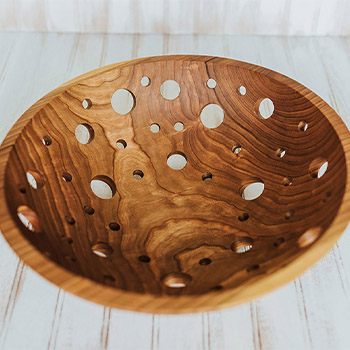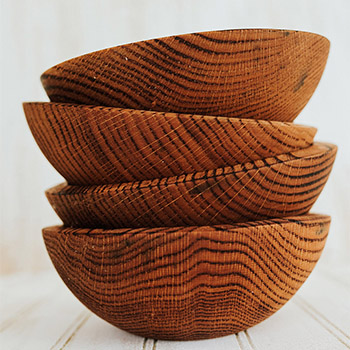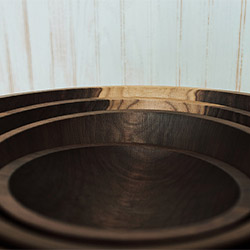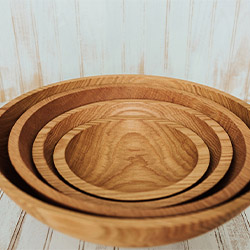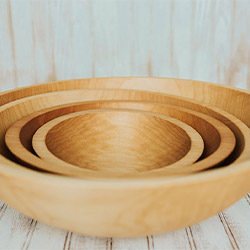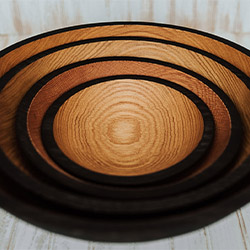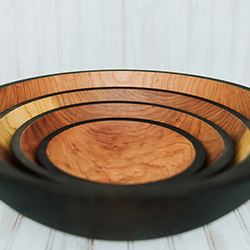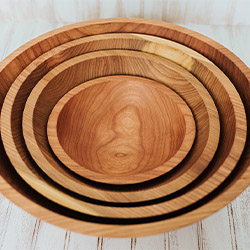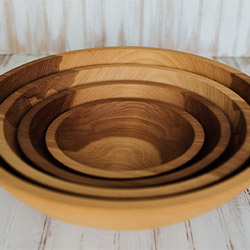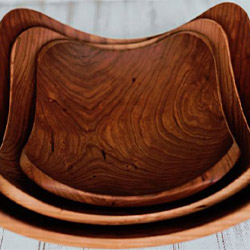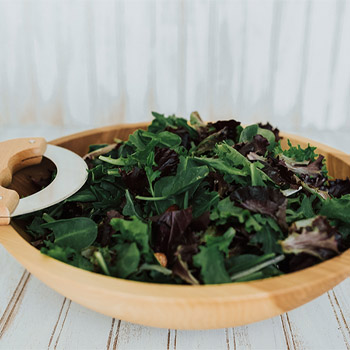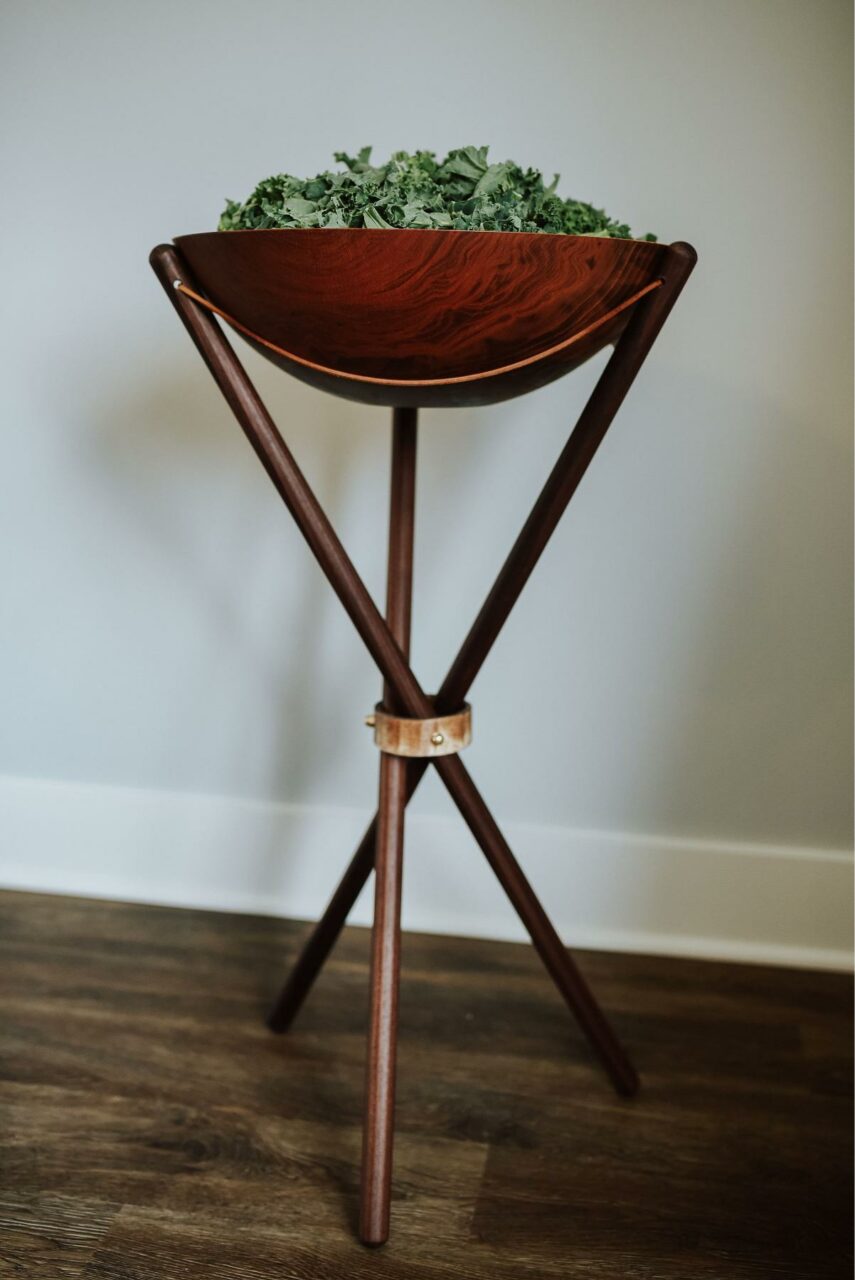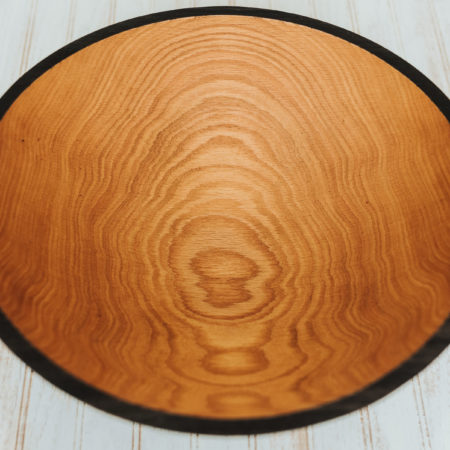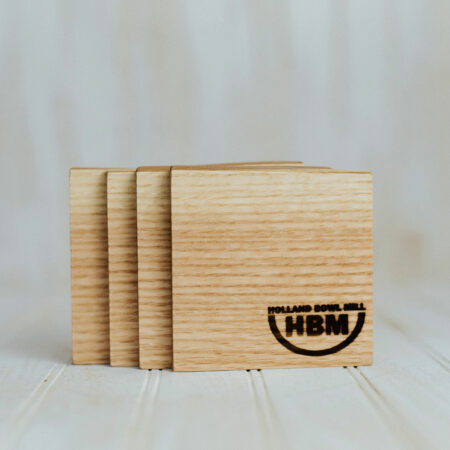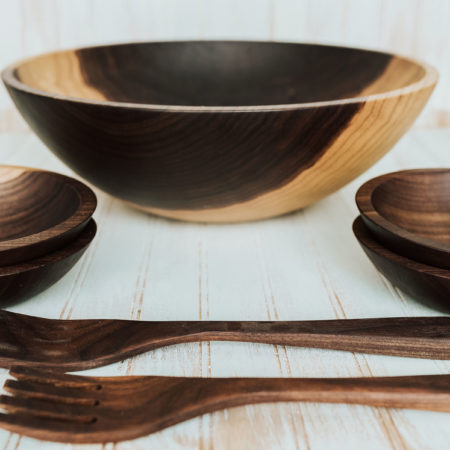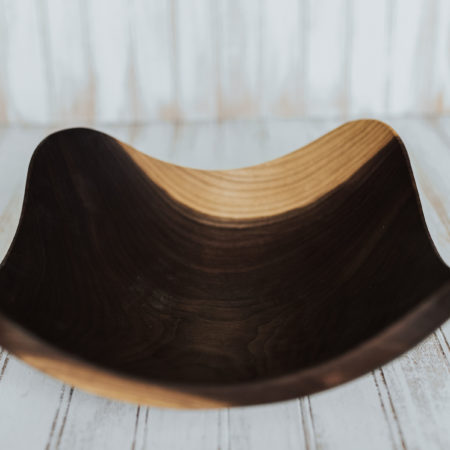Well-seasoned wooden kitchenware is the heart of a well-equipped kitchen. But how exactly do you achieve that perfect seasoning without compromising the safety and quality of your wooden utensils?
Look no further as we present to you five safe ways to season your wooden kitchenware. These methods will enhance the durability and longevity of your beloved wooden utensils and ensure a safe and enjoyable cooking experience.
So, are you ready to uncover the secrets of seasoning wooden kitchenware?
Key Takeaways
- Choosing the right oil is crucial for seasoning wooden kitchenware, with mineral oil, coconut oil, olive oil, walnut oil, and linseed oil being recommended options.
- Preparing the wood surface by cleaning it thoroughly, sanding gently, and ensuring a smooth and even surface is important for effective oil application.
- When applying the seasoning oil, use a soft, lint-free cloth or paper towel and rub the oil onto the wood in the direction of the grain, applying thin layers and paying attention to dry or rough areas.
- Allowing the wooden kitchenware to rest undisturbed for at least 24 hours in a well-ventilated drying area and ensuring thorough drying is essential before repeating the seasoning process with mineral oil or beeswax.
Selecting the Right Oil
To ensure optimal results, choose the appropriate oil for seasoning your wooden kitchenware.
When it comes to selecting the right oil, you want to make sure you’re making the best choice for your beloved wooden kitchenware. The right oil won’t only enhance the natural beauty of your utensils but also protect them from moisture, stains, and odors.
So, let’s dive into the different options available and find the perfect match for your wooden kitchenware.
Firstly, consider using mineral oil. This is a popular choice among many kitchen enthusiasts due to its ability to penetrate deep into the wood and create a protective barrier. Mineral oil is odorless and colorless, making it a great option if you don’t want any interference with the natural aroma and appearance of your wooden utensils.
Another option to consider is food-grade oils like coconut oil or olive oil. These oils aren’t only safe for consumption but also work wonders in seasoning your wooden kitchenware. Coconut oil has natural antibacterial properties, while olive oil adds a subtle richness to the wood. Whichever you choose, make sure it’s of high quality and doesn’t contain any additives or preservatives.
For those who prefer a more traditional approach, you can opt for walnut oil or linseed oil. These oils have been used for centuries to preserve and protect wooden surfaces. Walnut oil adds a beautiful sheen to the wood, while linseed oil provides a deep, rich finish.
Preparing the Wood Surface
Now that you have selected the right oil for seasoning your wooden kitchenware, it’s time to prepare the wood surface for optimal results. Properly preparing the wood surface ensures that the oil can penetrate and protect the wood effectively. Follow these steps to prepare your wooden kitchenware:
- Clean the Surface: Before seasoning, make sure to clean the wood surface thoroughly. Use mild dish soap and warm water to remove any dirt, grease, or residue. Gently scrub the surface with a soft sponge or cloth, paying attention to any stubborn stains. Rinse with clean water and dry completely.
- Sand the Wood: Sanding the wood surface helps to remove any roughness or imperfections. Use fine-grit sandpaper and sand in the direction of the wood grain. Be gentle and avoid applying too much pressure. This step will create a smooth and even surface for the oil to adhere to.
- Remove Dust: After sanding, it’s essential to remove any dust or debris. Wipe the wooden surface with a clean, dry cloth or use a vacuum with a brush attachment to ensure all particles are removed. This step is crucial in achieving a flawless finish.
- Let it Breathe: Allow the wood to breathe before applying the oil. Place your wooden kitchenware in a well-ventilated area and let it air dry completely. This step ensures that the wood is ready to absorb the oil effectively.
Applying the Seasoning Oil
Start by evenly applying the seasoning oil to the prepared wood surface. This step is crucial in ensuring that your wooden kitchenware is well-protected and maintains its quality over time. Applying the oil not only enhances the appearance of the wood but also helps to prevent it from drying out or absorbing unwanted odors.
To begin, pour a small amount of the seasoning oil onto a clean, lint-free cloth or paper towel. Make sure to choose a cloth that’s soft and won’t scratch the wood surface. Then, gently rub the oil onto the wood, moving in the direction of the grain. Use a circular motion to ensure that the oil is evenly distributed. Take your time and apply the oil in thin layers, as this will allow it to penetrate the wood more effectively.
As you apply the oil, you may notice that the wood absorbs it quickly. This is normal and indicates that the wood is thirsty for nourishment. Continue applying the oil until the wood no longer absorbs it. Be sure to pay extra attention to any dry or rough areas, as they may require more oil for proper conditioning.
Once you have finished applying the oil, allow the wooden kitchenware to sit for a few hours, or even overnight, so that the oil can fully penetrate and nourish the wood. Afterward, use a clean cloth to wipe off any excess oil that may still be on the surface. The wood should feel smooth and have a slight sheen.
Allowing for Absorption and Drying
Ensure proper absorption and drying by giving the wooden kitchenware ample time to rest after applying the seasoning oil. This step is crucial to allow the wood to absorb the oil fully and for any excess oil to evaporate, ensuring a safe and effective seasoning process.
Here are four important things to keep in mind during this stage:
- Patience is key: Resist the temptation to rush the process. Give the wooden kitchenware at least 24 hours to rest undisturbed, allowing the oil to penetrate the wood fibers deeply. This will enhance the durability and longevity of your kitchenware.
- Choose the right drying area: Find a well-ventilated space where the kitchenware can dry naturally. Avoid placing them near direct heat sources, as this can cause the wood to warp or crack. Instead, opt for a cool, dry area where air can circulate freely.
- Position the kitchenware correctly: When drying wooden utensils, make sure to position them in a way that allows air to reach all sides. This ensures even drying and prevents moisture from getting trapped, which could lead to mold or rot.
- Check for excess oil: After the resting period, inspect the kitchenware for any excess oil. Use a clean cloth to wipe off any visible oil residue. This step is crucial to avoid transferring oil onto your food during future use.
Repeating the Seasoning Process
Want to achieve the best seasoning for your wooden kitchenware? Repeating the seasoning process is a crucial step to ensure that your wooden utensils and cutting boards are properly protected and maintained. By repeating the process, you can enhance the durability and longevity of your kitchenware, allowing you to enjoy them for years to come.
To help you understand the benefits of repeating the seasoning process, here’s a table outlining the steps involved:
| Step |
Description |
| 1 |
Clean your wooden kitchenware thoroughly with mild soap and warm water. |
| 2 |
Allow the kitchenware to air dry completely before proceeding with the seasoning process. |
| 3 |
Apply a thin layer of food-grade mineral oil or beeswax to the surface of the wooden kitchenware. |
| 4 |
Use a clean cloth to evenly distribute the oil or wax evenly, ensuring that all areas are covered. |
| 5 |
Let the oil or wax penetrate the wood for at least 24 hours before wiping off any excess. |
Summary
So there you have it: five safe ways to season your wooden kitchenware.
By selecting the right oil, preparing the wood surface, and applying the seasoning oil, you can ensure that your kitchenware remains in great condition for years to come.
Remember to allow for absorption and drying, and don’t forget to repeat the seasoning process periodically.
Now, don’t you want to give your wooden kitchenware the love and care it deserves?

